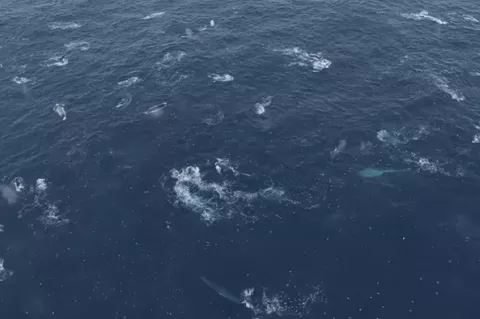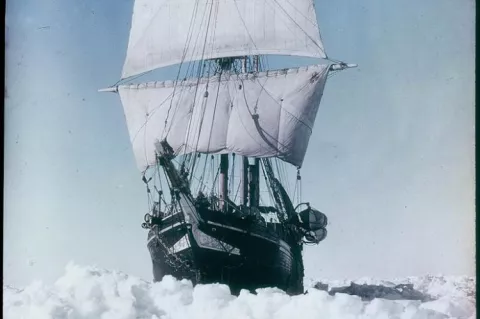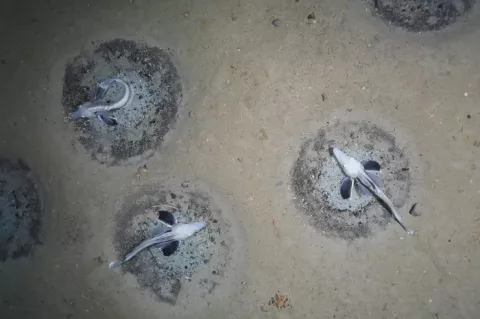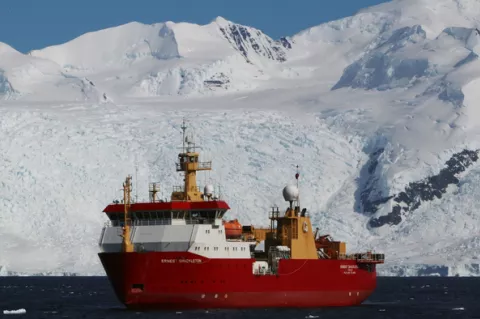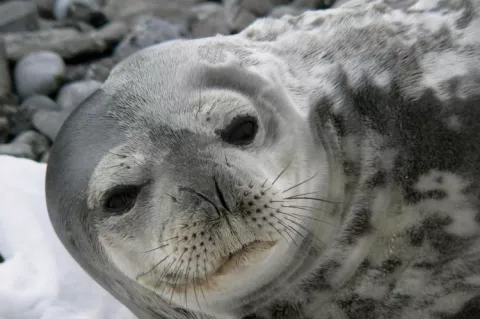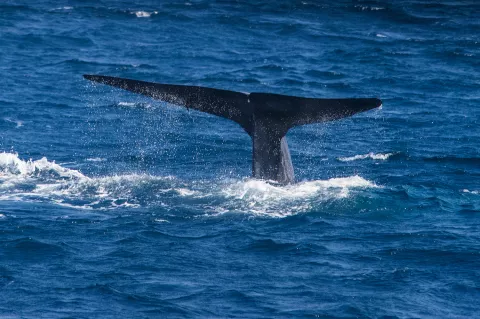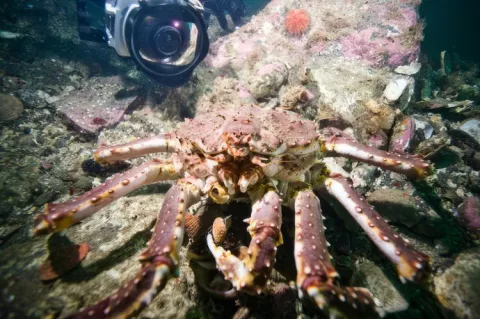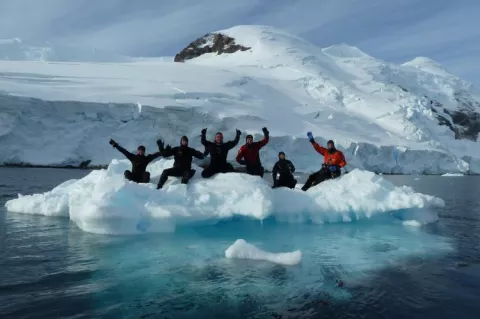Groups of fin whales spotted in Antarctic, suggesting recovery after whaling
Fin whales (Balaenoptera physalus quoyi) of the Southern Hemisphere were brought to near extinction by 20th-century industrial whaling. For decades, they had all but disappeared from previously highly frequented feeding grounds in Antarctic waters. Researchers estimate that by the time whaling was banned in the 1970s over 700,000 fin whales had been killed.

